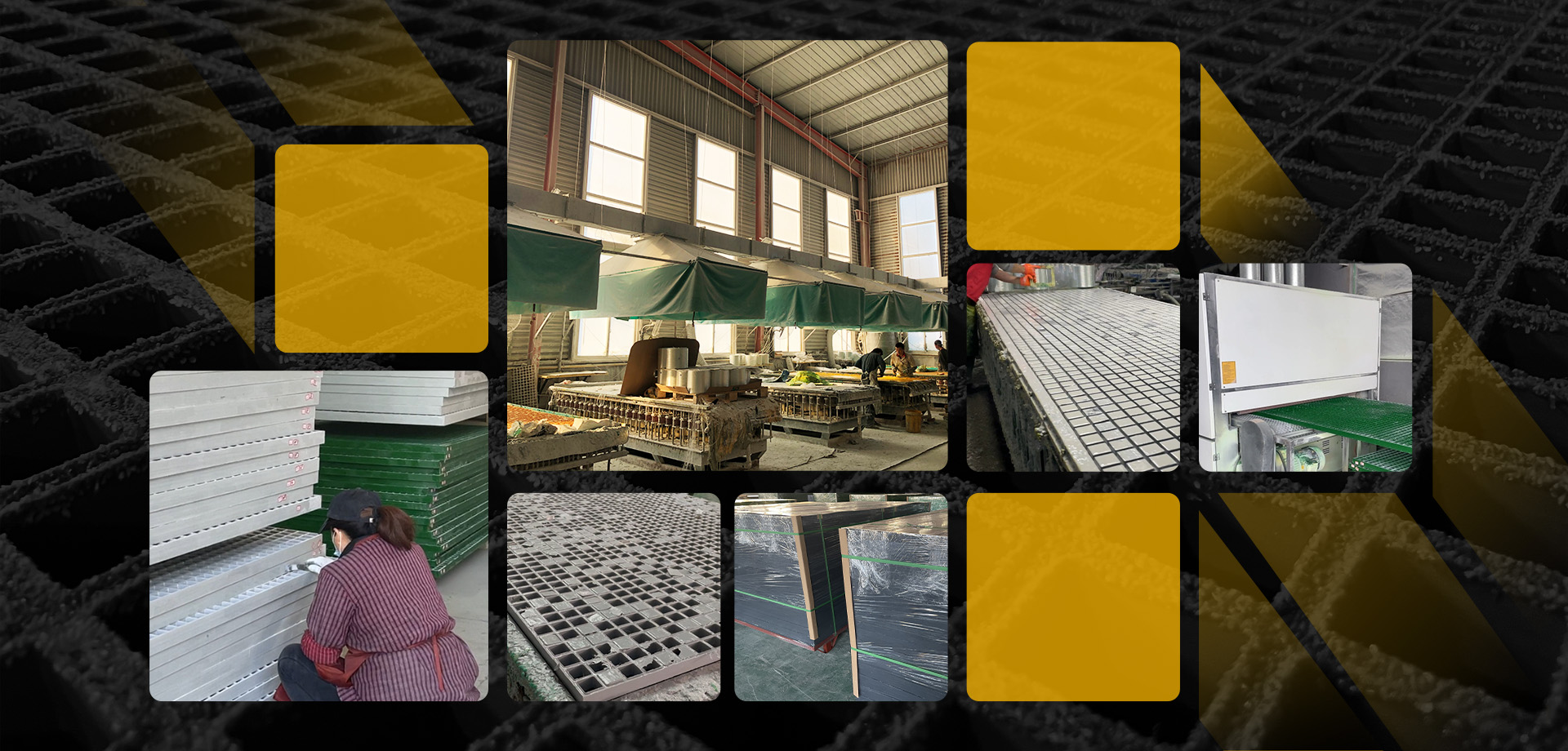loading...
- No. 9, Xingyuan South Street, Dongwaihuan Road, Zaoqiang County, Hengshui, Hebei, China
- admin@zjcomposites.com
- +86 15097380338
- Welcome to visit our website!
gfrp rod
Understanding GFRP Rods Revolutionizing Construction and Engineering
Fiber Reinforced Polymer (FRP) has emerged as a groundbreaking material in the construction and engineering sectors, with Glass Fiber Reinforced Polymer (GFRP) rods leading the charge in terms of versatility and strength. The unique properties of GFRP make it an ideal choice for a variety of applications, enhancing structural integrity while minimizing weight and environmental impact.
Composition and Properties
GFRP rods are composed of high-strength glass fibers embedded within a polymer matrix. This combination results in a material that is not only lightweight but also exhibits high tensile strength and resistance to corrosion. Unlike traditional steel reinforcement bars (rebar), GFRP does not rust or degrade when exposed to harsh chemical environments, making it particularly valuable in infrastructure subjected to corrosive elements, such as saltwater or industrial chemicals.
The lightweight nature of GFRP rods facilitates easier handling and installation, significantly reducing labor costs and time on construction sites. Furthermore, GFRP has a lower thermal conductivity than metal, reducing thermal bridging in structures and enhancing energy efficiency.
Applications in Construction
One of the primary applications of GFRP rods is in the construction of reinforced concrete structures. Engineers are increasingly adopting GFRP as a substitute for steel rebar in scenarios where corrosion is a major concern, such as in bridges, tunnels, and marine structures. The longevity offered by GFRP contributes to reduced maintenance costs over the lifespan of these structures.
In addition to concrete reinforcement, GFRP rods are employed in the creation of lightweight yet strong components in precast concrete elements. These rods contribute to the structural performance of staircases, slabs, and walls, facilitating innovative architectural designs that push the boundaries of engineering.
gfrp rod

Benefits Over Traditional Materials
GFRP rods provide numerous advantages over traditional materials. Their resistance to corrosion not only prolongs the life of the structures but also reduces the frequency and costs associated with repairs and replacements. The non-conductive nature of GFRP also makes it a safety advantage in electrical applications, minimizing risks related to electromagnetic interference.
Moreover, GFRP is considered an environmentally friendly option. The production of GFRP rods has a smaller carbon footprint compared to steel production, and the materials are often recyclable at the end of their service life. This characteristic aligns with the global trend towards sustainable construction practices, making GFRP a future-oriented choice.
Challenges and Future Prospects
Despite its advantages, the widespread adoption of GFRP rods faces some challenges. Higher initial costs compared to traditional materials can deter some project managers. Additionally, there is a growing need for standardized testing methods and design codes to ensure safety and reliability when implementing GFRP in structural applications.
The future of GFRP technology is promising. Ongoing research and development are aimed at improving the material properties and reducing costs. Innovations such as hybrid systems, which combine GFRP with other materials, are also being explored to further enhance performance characteristics.
Conclusion
In conclusion, GFRP rods represent a significant advancement in construction materials, providing a robust, lightweight, and corrosion-resistant alternative to traditional steel reinforcement. As the industry continues to innovate and embrace sustainable practices, GFRP is poised to play a crucial role in shaping the future of construction and civil engineering. With ongoing advancements in technology and materials science, GFRP rods could soon become a standard choice for a variety of structural applications, ensuring safety, longevity, and environmental sustainability in our built environment.
-
The Rise of FRP Profiles: Strong, Lightweight, and Built to LastNewsJul.14,2025
-
SMC Panel Tanks: A Modern Water Storage Solution for All EnvironmentsNewsJul.14,2025
-
GRP Grating: A Modern Solution for Safe and Durable Access SystemsNewsJul.14,2025
-
Galvanized Steel Water Tanks: Durable, Reliable, and Ready for UseNewsJul.14,2025
-
FRP Mini Mesh Grating: The Safer, Smarter Flooring SolutionNewsJul.14,2025
-
Exploring FRP Vessels: Durable Solutions for Modern Fluid HandlingNewsJul.14,2025
-
GRP Structures: The Future of Lightweight, High-Performance EngineeringNewsJun.20,2025
